Is There a Difference?
There are situations when you have been prescribed medication in the form of a topically applied cream. However, once you reach the pharmacy, you realize that they have the product you need in both the form of an ointment and a cream. Therefore, you start being in a quandary, since you are not acquainted with the difference, let alone the supremacy of using one type over the other.
Many times, ointments and creams are considered to have the same effect. However, this is a misconception since there are differences between the two. The following lines will list them and try to help you differentiate between the two.
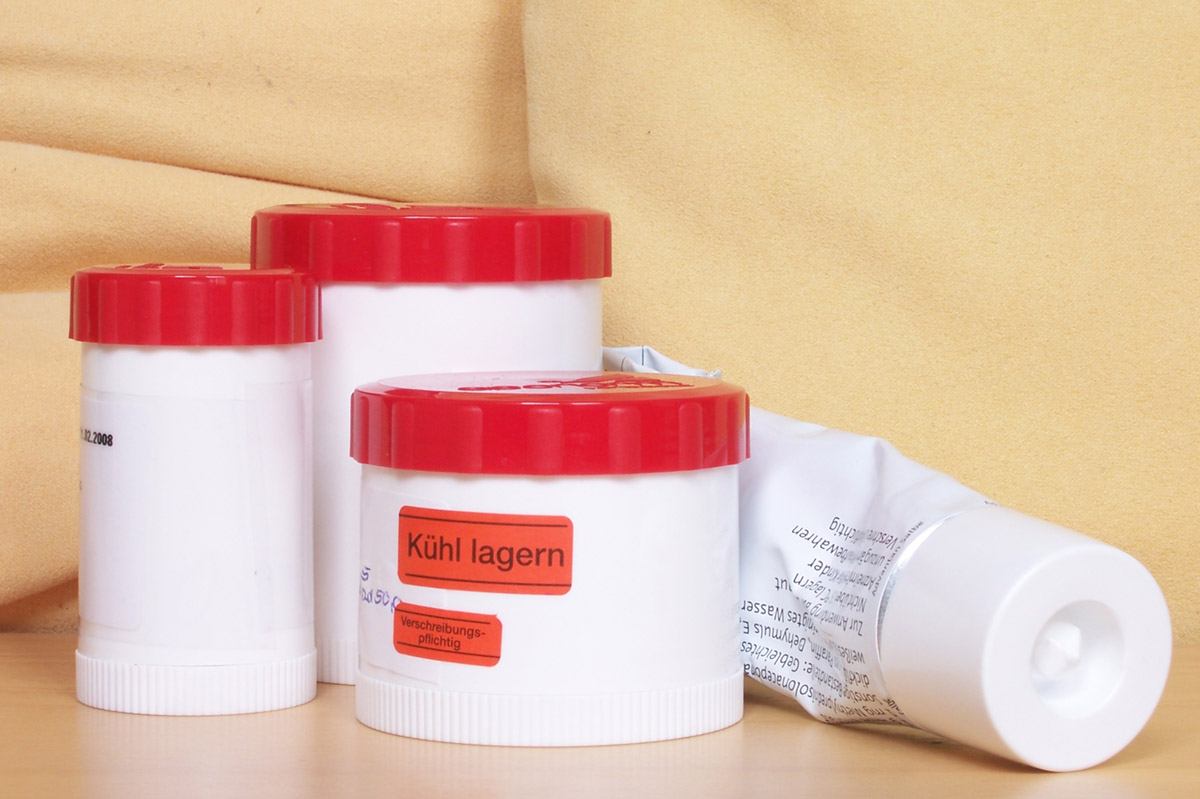
Ointment vs. Cream
Let us start with the cream, giving its characteristics for further comparison. Being a semisolid emulsion or suspension, creams contain less than half of their concentration being hydrocarbons. Moreover, creams are non-transparent, and viscous and vary from being a bit greasy to not being greasy at all.
Upon being applied onto the skin, a cream is likely either to get absorbed or to evaporate, being based either on water or on lipids. Most commonly, creams are created from a mixture of oil and water.
Ointments, on the other hand, have some of these characteristics differently. Several features of these two are the same. However, ointments are more than 50% made of hydrocarbons and do not evaporate once applied to the skin. Still, these too are made of oil and water.
Therefore, while in ointments, water levels reach even 80%, with creams this is different since water only makes half of their ingredients.
Moreover, ointments, being greasier than creams, are harder to successfully apply and spread onto the skin, remaining greasy afterward. Creams are, therefore, better for covering larger skin areas, since they are much easier to be applied in such a manner.
- To compare the application and spreading of four different pharmaceutical vehicles, twenty-nine healthy volunteers applied a fixed amount (0.1 g) of solution (S), ointment (O), cream (C) and low-viscosity cream (LVC) to the abdominal skin.
- Area of spread, skin surface lipids (dependent on formulation) and changes in skin surface temperature (cooling due to evaporation of formulation water/alcohol) were measured.
- Results were: Area of spread: O = C = LVC = S. Skin surface lipids: O > C > LVC > S. Difference in skin surface lipids between centre and periphery: O
Furthermore, ointments tend to stay longer on the surface of one's skin, not being absorbed, moisturizing the skin in return. On the other hand, creams are usually absorbed quickly and completely, unless a part of them evaporates beforehand.
All in all, differences do exist. For this reason, it is best to consult with your doctor about the adequate type of topical medication you are to use. In some cases, ointment will work better for you than cream, and vice-versa.
So, know the differences and the advantages of each, being capable to choose the best ones for your purposes.



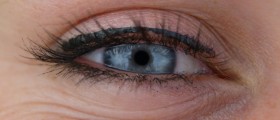
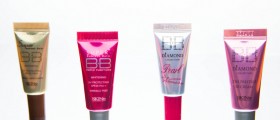





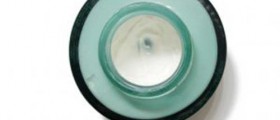




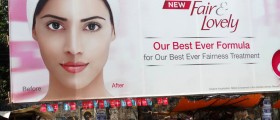
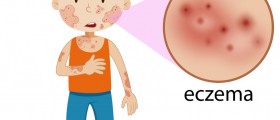
Your thoughts on this
Loading...